“ Without Research and Innovation, you are Just Another Person with an Opinion”
-Dr. Manjunath R Kounte
Dr Kounte spends time in research lab after university working hours and helps interested UG students to take up research activities. Most of the work is taken up in evenings, weekends, and vacations.
Dr Manjunath R Kounte has completed his PhD and is looking for research scholars who are interested to work full time in the areas of Artificial Intelligence, Machine Learning, Deep Learning, Internet of Things, Computational Intelligence, Computer Vision.
Author ID : 55813154000
Researcher ID : O-2374-2018
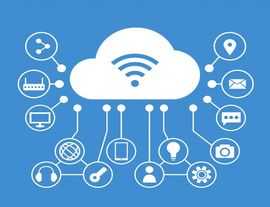
IoT can be defined as creation of dynamic global network infrastructure, by interconnecting the physical and virtual things such as ZigBee, Global Positioning System (GPS), RFID, sensors etc.

Machine Learning is a branch of artificial intelligence (AI) to learn the data, identify the pattern and to make decisions with minimal human intervention. Different types of machine learning are Supervised, Unsupervised and Semi-supervised and Reinforcement method. Supervised learning algorithm is trained for labelled input data set.
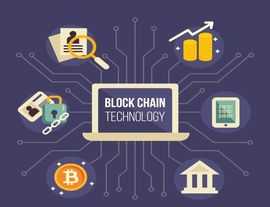
Blockchain is a distributed and decentralized database (ledger) that keeps on updating digital records of "who owns what". Unlike the traditional database, this distributed ledger has a network of replicated databases which are in sync with the internet and visible to everyone in the network. When a transaction is carried out between two nodes in the network, it is encrypted and spread onto the blockchain network.
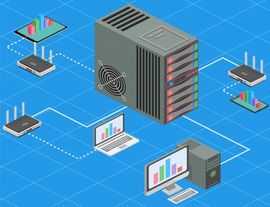
Computer networks allow the user to access remote programs and remote databases either of the same organization or from other enterprises or public sources. Computer networks provide communication possibilities faster than other facilities. Because of these optimal information and communication possibilities, computer networks may increase the organizational learning rate, which many authors declare as the only fundamental advantage in competition.
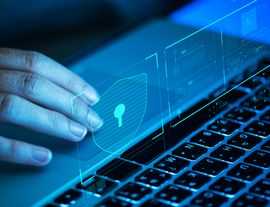
The facts are that digital methods of communication are faster, more versatile, practical and streamlined, so it is perhaps unsurprising that once the technology became available, we began quickly moving into the digital age. We cannot deny that at this point we need digital communication.
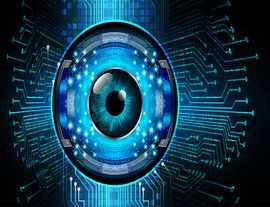
Embedded systems are where the software meet the physical world. As we put tiny computers into all sorts of systems (door locks, airplanes, pacemakers), how we implement the software is truly, terrifyingly important.